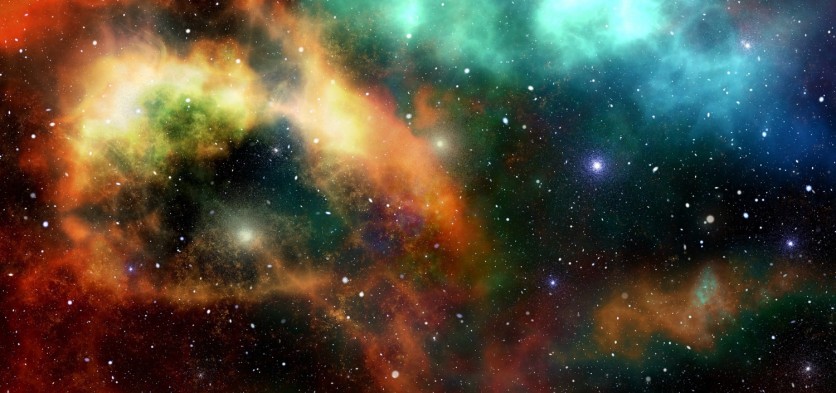According to the study, a new photograph taken by Very Large Telescope (VLT) of the European Southern Observatory is the first image of a "very young version of our own sun" surrounded by two gaseous planets leader who took the picture.

Just 300 light-years distant, this baby sun and its two giant gas planets are relatively similar to galactic standards.
The snapshot - published Wednesday - was taken by Very Large Telescope of the European Southern Observatory in the Atacama Desert in Chile.
Alexander Bohn of Leiden University in the Netherlands told the Associated Press that the latest research he led, published in the Astrophysical Journal Letters on Wednesday, contained a photo of a "highly exciting" discovery.
What makes this group shot so appealing is that it's "a very young version of our own sun," Bohn said. "This is the first time astronomers were able to capture such a shot," he added in an email.
The observations may help scientists better understand how our solar system is evolving.
Alien multi-planet system
Astronomers usually validate worlds around other stars by observing the starlight momentarily but regularly dim, suggesting an orbiting planet. Thousands of planets in our Milky Way galaxy have been established through these indirect observations.
Observing such so-called exoplanets directly is much harder and less common for a telescope. It's even rarer to see two of them immediately around the same light. According to the observatory, only two multi-planet solar systems were discovered using the direct approach, both with stars which are very different from our own.
According to NASA figures, just 48 of the 4,183 exoplanets (or only one percent) known to date were specifically imaged.
Direct imaging offers the greatest chance for humanity to detect life outside of our solar system, if it does exist, Bohn said. By seeing the sun through the planets themselves, studying the atmospheres for the molecules and elements that may suggest life is possible.
ALSO READ : Space Mystery: Two Giant Exoplanets Seen Performing 'Gravitational Dance' Away From Earth
The research published in the Astrophysical Journal Letters on Wednesday, July 22, shows "a snapshot of an world somewhat similar to our solar system, but at a much earlier stage of its evolution," Bohn said.
The star - currently known as TYC 8998-760-1 and located in the constellation Musca, or Travel - is barely 17 million years old. Our Sun, by comparison, is 4.5 billion years old.
The two recently discovered gas giants at much greater distance around this young star orbit than Jupiter and Saturn do our planet - taking a hundred thousand years to complete one revolution, or calendar year. They also weigh in masses more massive than our outer planets.
Was it too faint?
Over the past year, the researchers took several photographs of this youthful solar system to check the results while analyzing older evidence. A disc obscured the starlight on the telescope, known as a coronagraph, revealed the two much fainter planets.
Future instruments such as the Extremely Large Telescope of ESO, which is still five years away, will be able to detect even smaller, denser planets. According to the ESO, the main mirror extends 128 feet (39 metres), more than four times the size of the Very Large Telescope, making it the "greatest eye on the sky in the world."
There's currently no proof that this young star has more planets, but "it's definitely probable and maybe they're just too faint," Bohn said.

![Apple Watch Series 10 [GPS 42mm]](https://d.techtimes.com/en/full/453899/apple-watch-series-10-gps-42mm.jpg?w=184&h=103&f=9fb3c2ea2db928c663d1d2eadbcb3e52)


